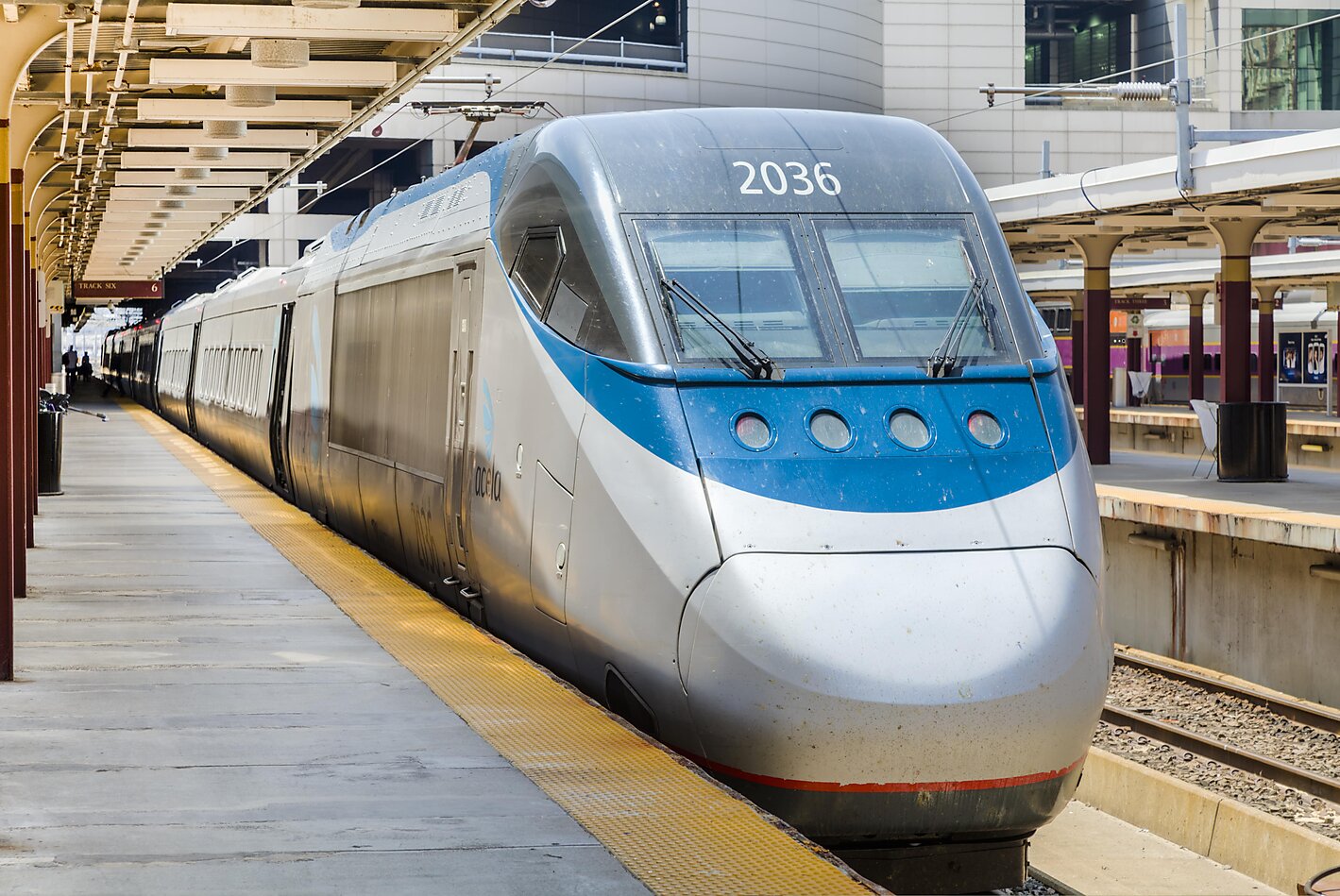High-speed trains were rendered obsolete in 1958, six years before Japan opened its first bullet train, when Boeing’s 707 entered commercial service; the airliner could cruise at more than twice the top speeds of the fastest scheduled high-speed trains today. Air travel cost more than rail travel in 1964, but average airfares today are less than a fifth of the average fares paid by riders of the Amtrak Acela, the only high-speed train operating in the United States.
The main disadvantage of high-speed trains, other than their slow speeds compared with air travel, is that they require a huge amount of infrastructure that must be built and maintained to extremely precise standards. Since the United States is struggling to maintain the infrastructure it already has—particularly its urban rail transit systems and Amtrak’s Northeast Corridor, which together have more than $200 billion in maintenance backlogs—it makes no sense to build more infrastructure that the nation won’t be able to afford to maintain.
Buttigieg’s proposal is particularly poorly timed considering that the COVID-19 pandemic has made many people question mass transportation in general. One lesson of the pandemic is that the most resilient transportation system we have is motor vehicles and highways. Rather than funding an obsolete system we don’t need, Buttigieg and Congress should find ways to relieve congestion, improve safety, and increase people’s access to jobs and other economic opportunities by improving existing roads and building more highways that could be paid for with user fees.



